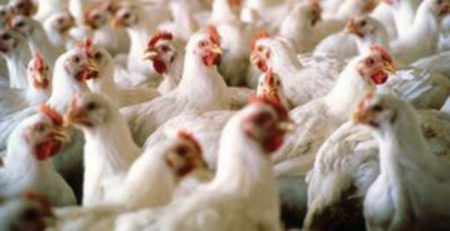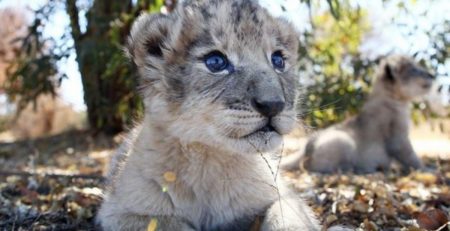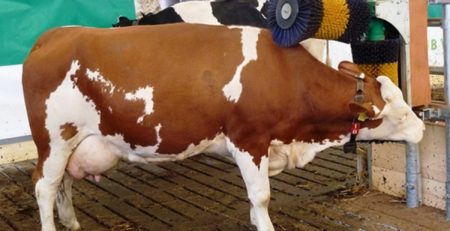The horses were able to communicate in the symbolic language.
Norwegian biologists have shown the ability of horses to associate abstract symbols with a specific result. A couple of weeks of training turned out to be enough for the animals to learn how to choose the necessary sign and use it to inform the person about their desire to throw on or throw off a warm blanket. This is described in an article published by Applied Animal Behavior Science.
The variety of areas in which horses serve a man is largely due to the flexibility of their behavior and excellent learning ability. In experiments, they demonstrate the ability to distinguish abstract geometric shapes (including during rotation), and according to some data, an understanding of the concepts of relationship: more, less, the same. The new work of Cecilie Mejdell and her colleagues at the Norwegian Veterinary Institute showed that horses can also take the next step: to associate an abstract symbol with one or another real effect. This skill is considered available only for the most “conscious” animals, such as dolphins, primates or parrots.
Scientists have selected 23 adult domestic horses of different ages and breeds. The professional trainer consistently presented to each horse three large square cards with contrasting symbols – a vertical line, horizontal and clear, without a picture. The first option corresponded to the command “Remove the blanket from me”, the second – “Throw it on me”, the third – “Leave it as it is”, and the effect of each was shown to animals. Then, the horses were taught to make the right choice between the three cards at once: they received a reward only if they pointed to a symbol that did not contradict the presence or absence of blankets on them at the moment. On average, in 10 days, the horse began to successfully bind the cards with the relevant actions and on the 14th day, all animals without exception learned.
Then scientists began the experiment itself, giving the animals a free choice from the same three cards and observing their behavior. The authors found that in warm and sunny weather horses more often chose cards that would allow them to remain without blankets (remove if it was thrown over, or leave as is if it was not). In the cold conditions the animals, on the contrary, chose cards that signaled a request to throw a blanket. “These results show that for horses the recognition of the three visual symbols presents no difficulties,” Meidel and her co-authors summarized.
An interesting question would be about the similar abilities of wild horses and their immediate relatives, which will make it possible to clarify whether they are associated with domestication or with the “natural” characteristics of these animals. For example, over the millennia of life with humans, domestic goats have acquired some “horse” features and learned to turn to humans for help. This is not typical of their wild relatives.
Source: https://nplus1.ru/news/












